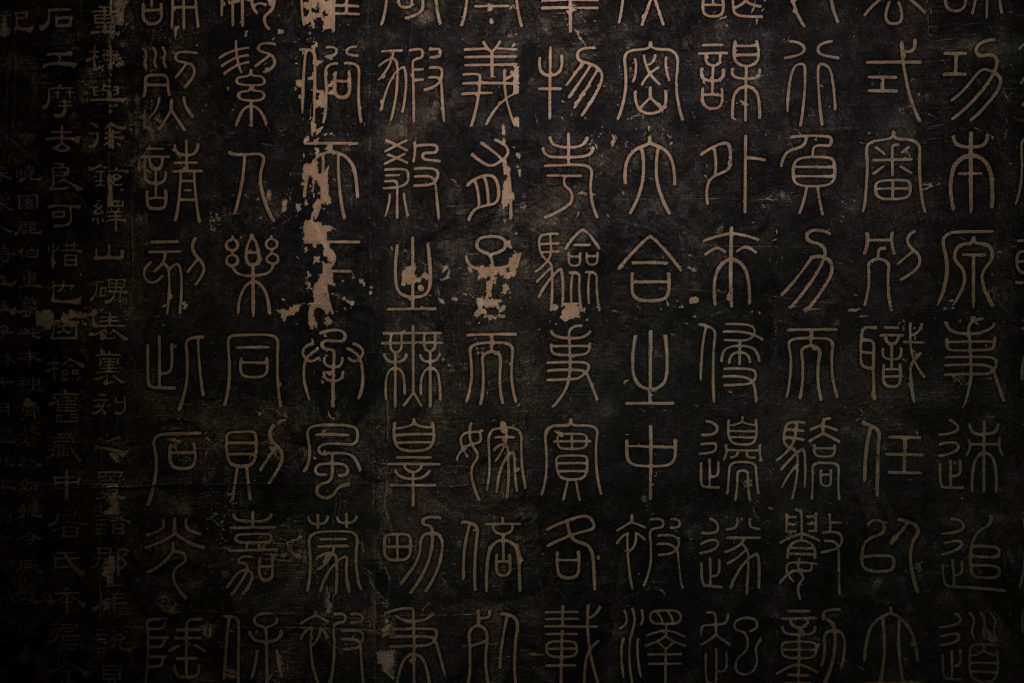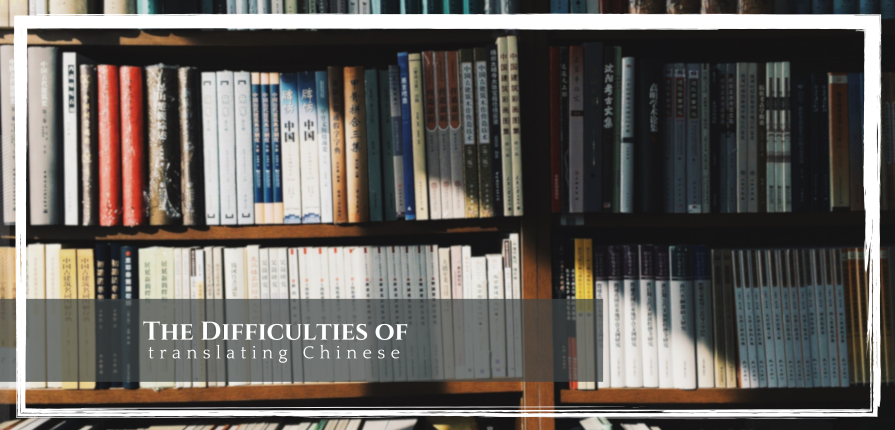Translating Chinese to English is not an easy task to perform perfectly. In today’s article, VINALOCALIZE will reveal a couple of reasons for that.
Translating Chinese: The Cultural Aspect
In 2013, Professor Jinhong Yu discussed in an article the element of cultural awareness in translating from Chinese to English. The article delved into how varying levels of cultural awareness among translators can impact their translations.
The professor provided examples to show how cultural understanding affects translation. Among these examples, one particularly interesting case of mistranslation highlighted the significance of grasping the culture.
It was the translation of a Chinese proverb by Fox Butterfield. The journalist failed to grasp the real implication of the phrase and translated it almost literally. That consequently led to a bizarre translation that read: If a woman marries a chicken, she should act like a chicken; if she marries a dog, she should act like a dog.
The proverb in its Chinese origin was: 嫁鸡随鸡,嫁狗随狗. While it did say ‘chicken’ and ‘dog’, its meaning is not that literal. The saying indicated that a girl should be faithful to and contend with the man she married, regardless of circumstances. That translation thereby failed to deliver the hidden implication of the proverb to his readers.
The importance of culture
Hopefully, at this point, you have agreed with us that the understanding of culture heavily impacts the translation of languages. Translating Chinese presents even more challenges due to its rich history tracing back thousands of years.
The quality of a translator’s work can range from excellent to incomprehensible. It depends a lot on how well they understand the culture of the languages they are working with.
To end this section about the cultural aspect, we introduce below Goethe’s opinion on translation. It emphasizes the importance of cultural awareness in translating Chinese to English, as well as any other language translation.
As Goethe observes, “There are two principles of translation. The translator can bring to his fellow countrymen a true and clear picture of the foreign author and foreign circumstances, keeping strictly to the original; but he can also treat the foreign work as a writer treats his material, altering it after his own tastes and convictions, so that it is brought closer to his fellow countrymen, who can then accept it as if it were an original work.”
(As quoted in Translation Journal, Volume 6, No. 1, January 2002.)
Dialects
Some argue that, when discussing the Chinese language, we shouldn’t use the term ‘dialect’ but ‘topolect’ to better convey the idea of ‘方言’ (fangyan).
‘Topolect’ means ‘a set of similar dialects that belong to a larger, distinct dialect region,’ aligning with the meaning of ‘方言.’ Victor Mair introduced this term in 1991 while examining the complex matter of Chinese dialects.
Whether to use ‘topolect’ or ‘dialect’ remains a source of confusion for many. Despite the terminology, it’s crucial to recognize several major Chinese dialects acknowledged by experts, including:
- Mandarin
- Wu
- Gan
- Xiang
- Min
- Hakka
- Yue
Among these, Mandarin, Wu, and one member of the Yue dialect group, Cantonese, are the most commonly encountered. People speaking different dialects also use different character sets for writing. The most noticeable distinction in Chinese characters is between traditional and simplified Chinese. The use of traditional and simplified Chinese itself has been a subject of ongoing debate within Chinese-speaking communities.
The age-old dispute between simplified and traditional

The primary distinction between traditional and simplified Chinese is most evident in their written forms, making it the most noticeable difference between the two.
Simplified Chinese is a more recent writing style that originated in the 20th century in the People’s Republic of China. It is the official script in the People’s Republic of China, Singapore, and Malaysia. Simplified Chinese characters are created by reducing or omitting strokes and graphical components from traditional Chinese characters.
Traditional Chinese, on the other hand, has remained unchanged since the Han dynasty. It is still written with all its strokes and components. Taiwan, Hong Kong, Macau, and most overseas Chinese communities outside of Southeast Asia use traditional Chinese.
The ongoing debate between users of simplified and traditional Chinese has been ongoing. Furthermore, one prominent argument centers around how simplified characters can sometimes reduce the depth of meaning in a character. In contrast, traditional Chinese characters often consist of components that can provide insights into the character’s meaning just by examining its parts.
Conclusion
In conclusion, at VINALOCALIZE, we acknowledge that the journey from Chinese to English presents unique challenges, with each challenge deeply rooted in the rich tapestry of Chinese culture and linguistics. From the intricacies of proverbs to the diversity of dialects, our team of dedicated translators navigates this complex terrain with expertise. The age-old debate between simplified and traditional Chinese characters adds another layer of complexity.
As we’ve explored, understanding culture is at the heart of every successful translation, and it’s a key lesson we carry forward in our work. VINALOCALIZE firmly believes that translation is not merely a task but an art—an essential bridge connecting cultures and minds.
We’re here to ensure that this bridge remains strong and effective for all your translation and localization needs!



